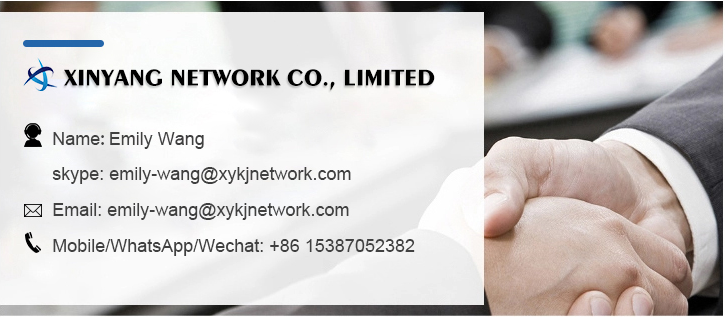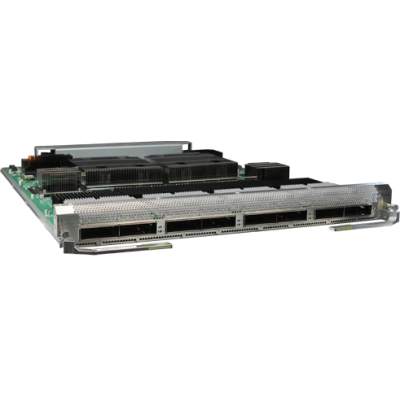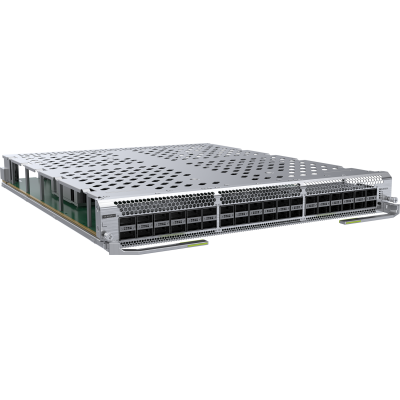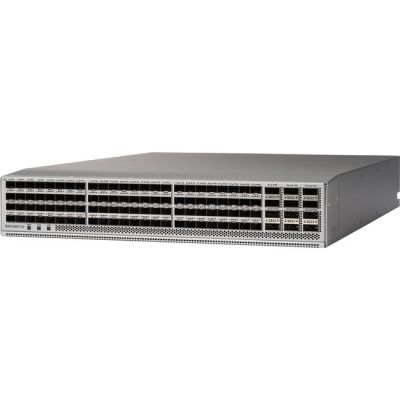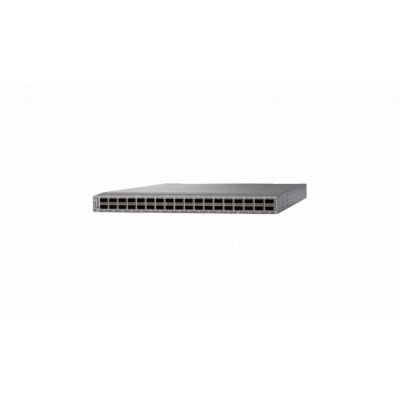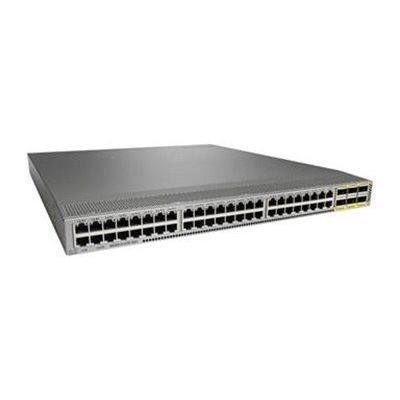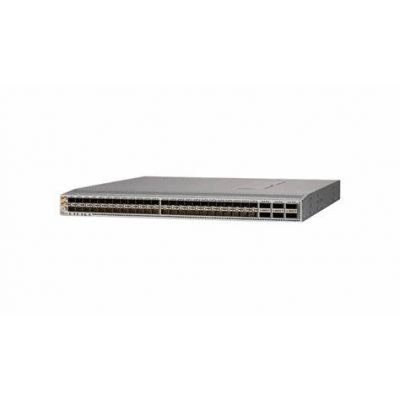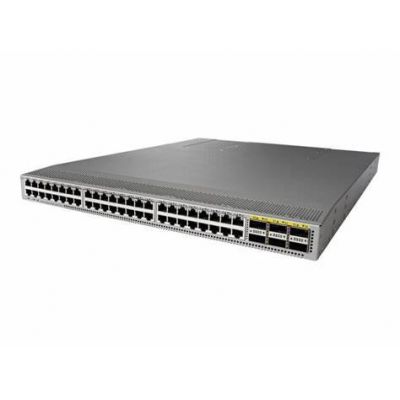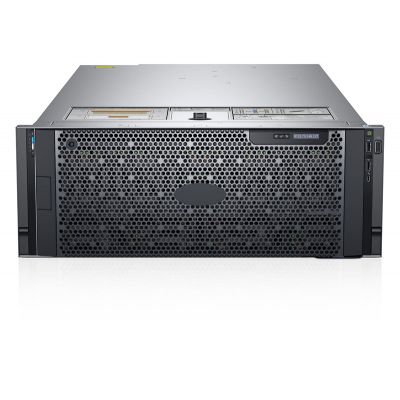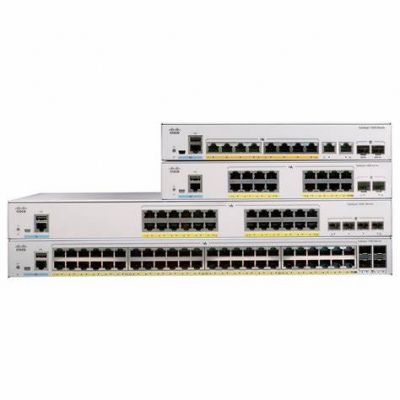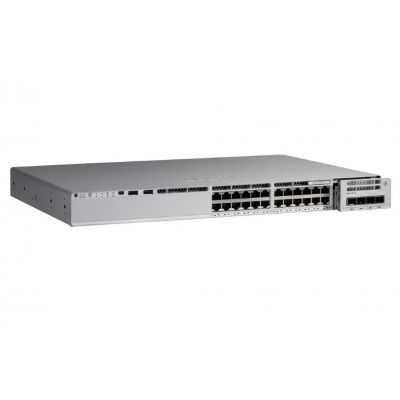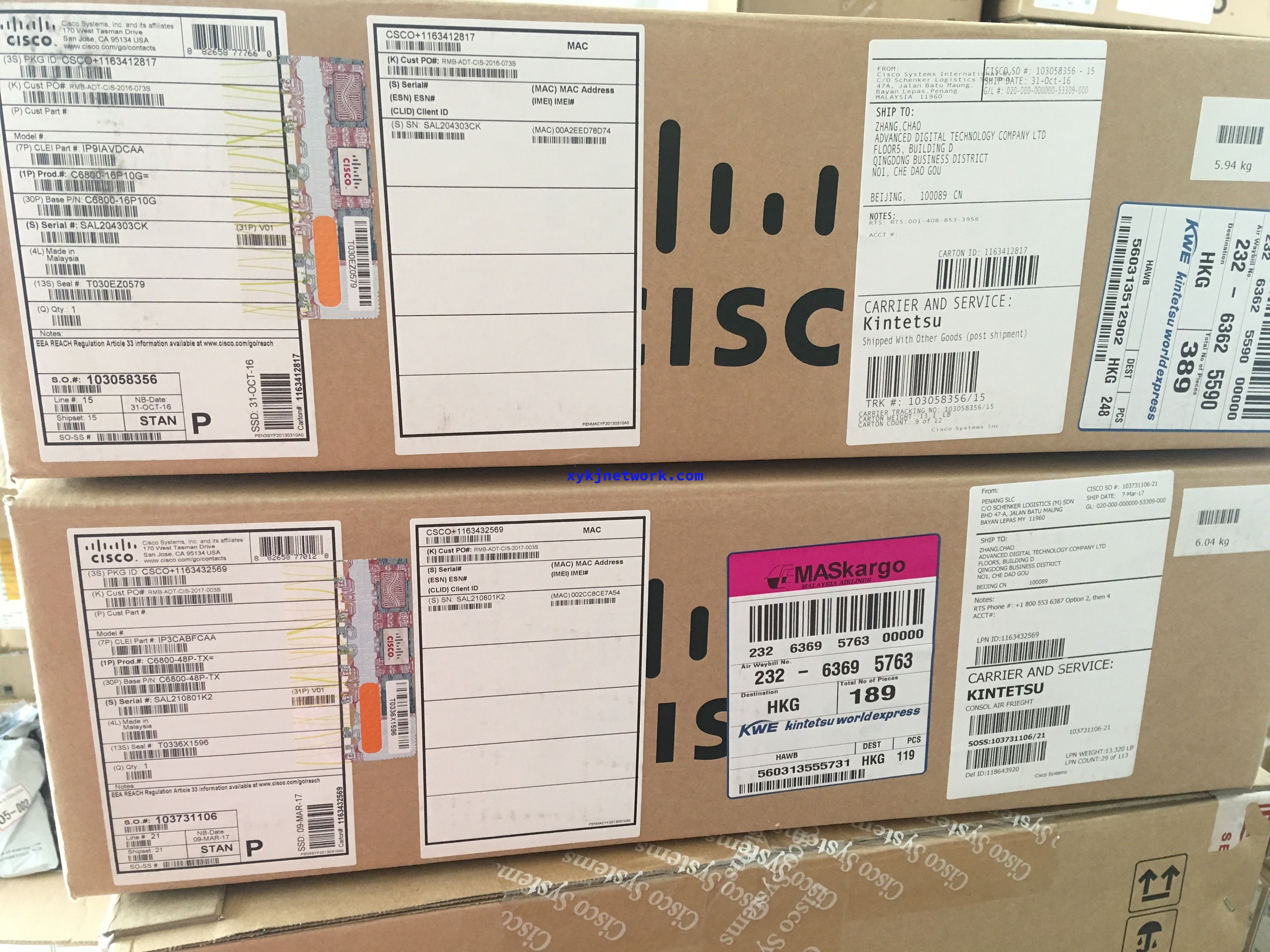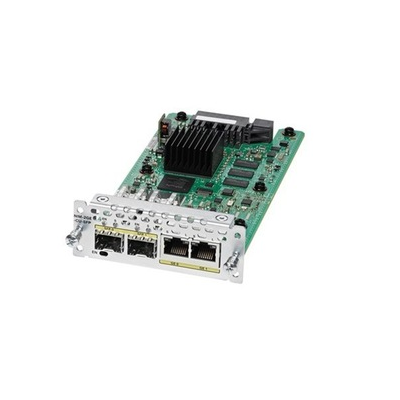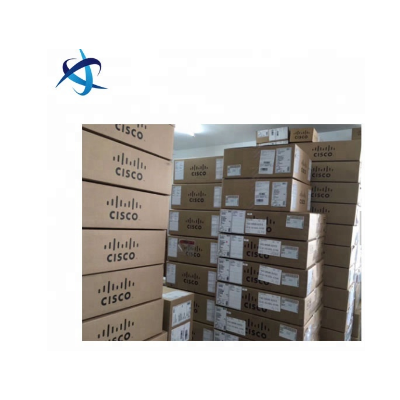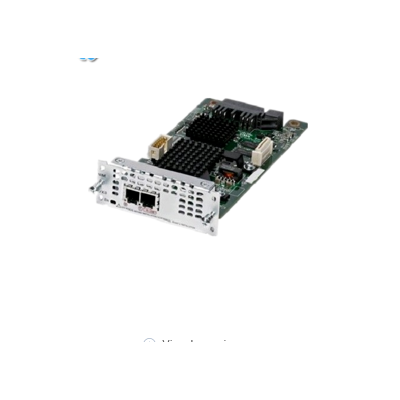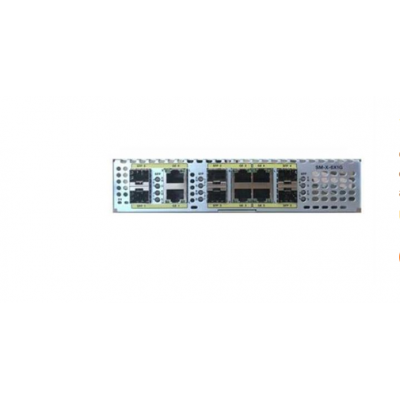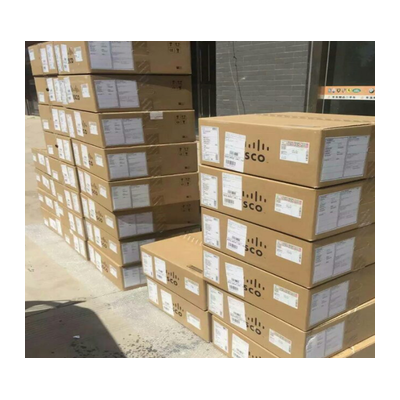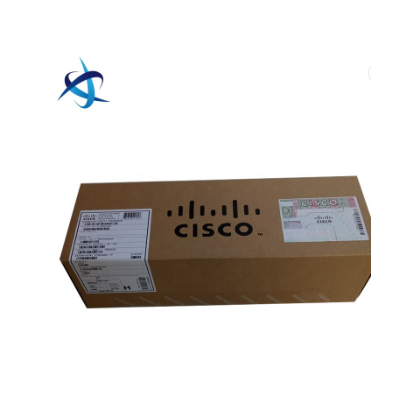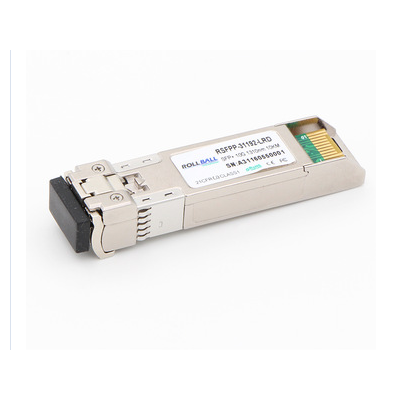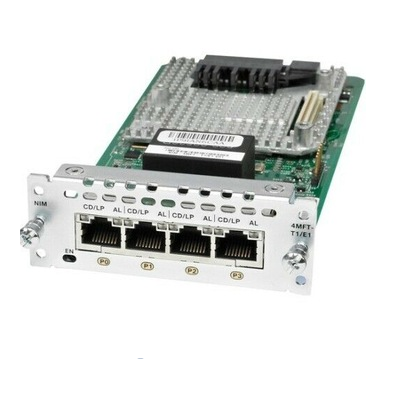-
huawei
- HUAWEI S5720 series switches
- huawei vedio conference
- HUAWEI OLT
- huawei S6720 series swsitches
- HUAWEI S6730 series switches
- huawei AR160 series switches
- Huawei AR2240 Series Routers
- huawei 5730 series gigabit switch
- HUA WEI firewall
- Huawei Interface Card
- Huawei S1700 series switches
- Huawei Series Routers
- Huawei network module
- Huawei power supply
- Huawei Data center switch
- Huawei wireless AP
- Huawei Access Controller License
- Huawei Access Controller
- Huawei S7700 series switches
- S5700 series switch
- S3700 series switch
- S2700 series switch
- Fortinet
- juniper
- ALCATEL-LUCENT
- Aruba
-
cisco
- CISCO Catalyst 2960L
- cisco catalyst 6800
- Cisco Wireless Series
- cisco catalyst C2960XC
- Cisco catalyst C2960X
- Cisco catalyst 2960-XR
- Cisco catalyst 3560
- Cisco catalyst 3750
- Cisco catalyst 4500
- Cisco Nexus Series Switch
- Cisco cable
- Cisco wireless antenna
- Cisco mount kit
- Cisco Table Microphone
- Cisco INDUSTRIAL Fiber switch
- Cisco fiber optic switches
- cisco catalyst 6500 series
- Cisco catalyst 4948E
- Cisco Series Line Cards
- Cisco Desktop Switch
- Cisco Series Surperviser Engine
- Cisco Catalyst 3800
- Catalyst 1000
- Cisco Cataylst 9300
- CISCO CATALYST 9200L
- Cisco Cataylst 9400
- CISCO CATALYST 9500
- cisco cataylst 3850
- cisco Catalyst 3650
- Cisco catalyst 2960
- Dell
- cisco license
- Cisco Routers
- Cisco Security Firewall
- Cisco network module
- Cisco Wireless Items
- cisco video conference
- Cisco Power Supply

1 | Status and ID LEDs | 4 | Port group ID |
2 | 40G port IDs | 5 | Port number |
3 | 10G ports (A total of four port groups) | 6 | RFID |
The sticker on the module faceplate identifies it as either a C6800-16P10G or a C6800-16P10G-XL depending on whether a WS-F6K-DFC4-E or WS-F6K-DFC4-EXL daughter card is installed on the module.
<td valign="top" width="39.0625%" style="box-sizing: content-box; margin: 0px; padding: 0px 5px; font-style: inherit; font-variant: inherit; font-weight: inherit; font-stretch: inherit; font-size: inherit; line-height: inherit; font-family: inherit; float: none; border-color: rgb(198, 199, 202); vertica
<tr style="box-sizing: content-box; margin: 0px; padding: 0px; font-style: inherit; font-variant: inherit; font-weight: inherit; font-stretch: inherit; font-size: inherit; line-height: inherit; font-family: inherit; borde
Feature | Description |
|---|---|
Ports per module |
|
Port connector type | LC (optical) or RJ-45 (copper) depending on the SFP transceiver installed. Depending on the distance between the end ports, different QSFP+ transceivers can be used. For more information refer to the Cisco 4 x SFP10G to QSFP Reverse Adapter Data Sheet. |
Cabling distance | Depends on the SFP transceiver installed in the module port. For cabling distance information, refer to the installation guides for Cisco Transceiver Modules at: Install and Upgrade Guides |
Buffer size | Ingress buffer size:
|
QoS |
|
Maximum frame size | Up to 9216 bytes per frame |
Module oversubscription rate | 2:1 (When all sixteen 10G ports are used.) |
Supervisor engine support |
|
Software support |
|
Queues per port | With a WS-F6K-DFC4-E/ EXL daughter card:
|
